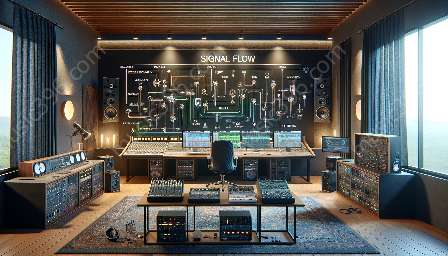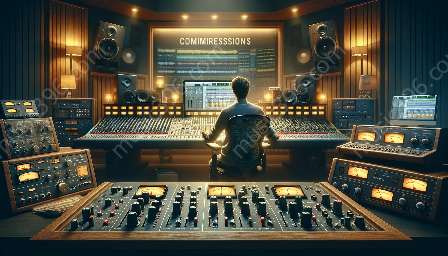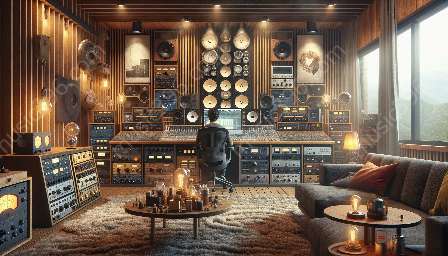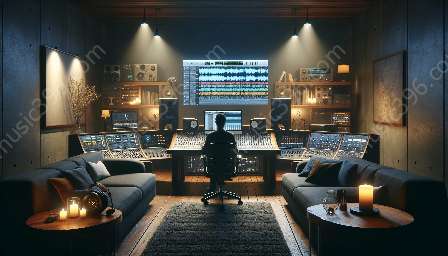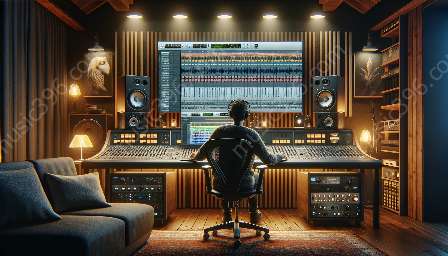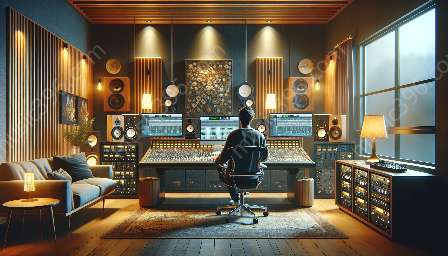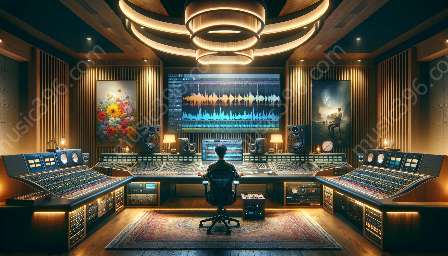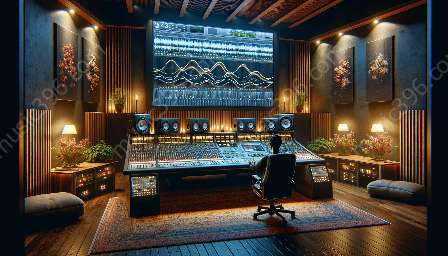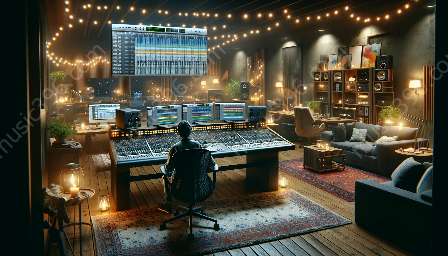Audio mastering plays a crucial role in shaping the final sound of a recording, making it ready for distribution and consumption. However, with the advent of loudness normalization protocols, the mastering process has undergone significant changes. Let's explore the implications of loudness normalization on the modern mastering process and its impact on mixing and mastering for different genres.
The Modern Mastering Process
Before delving into the implications of loudness normalization, it's important to understand the modern mastering process. Mastering involves the final step in the audio production chain, where a skilled engineer applies various techniques to enhance the sonic characteristics of a recording. These techniques include equalization, compression, stereo enhancement, and loudness maximization, among others.
One of the primary goals of mastering is to ensure that the audio sounds balanced, cohesive, and translates well across different playback systems. Achieving these objectives often involves making adjustments to the overall loudness level of the recording.
What is Loudness Normalization?
Loudness normalization refers to the process of aligning audio levels to a consistent perceptual loudness target, regardless of the source material's original loudness. This practice aims to address the issue of loudness discrepancies between different audio tracks, allowing for a more uniform listening experience across various platforms and devices.
Several loudness normalization standards and algorithms have been developed, such as the Integrated Loudness measurement (LUFS), which has been widely adopted in the audio industry. Streaming platforms, broadcasting organizations, and digital music stores often utilize loudness normalization to ensure that audio content maintains a consistent loudness level when played back.
Implications for the Modern Mastering Process
Loudness normalization has significant implications for the modern mastering process. Traditionally, mastering engineers aimed to achieve a competitive loudness level for their clients' music, often employing techniques like heavy compression and limiting to make the tracks sound louder and punchier. However, with loudness normalization in place, the emphasis has shifted from maximizing loudness to preserving the dynamic range and sonic integrity of the music.
Mastering engineers now need to consider how their processing choices will impact the final perceived loudness of the audio when subjected to normalization. This means being more mindful of excessive dynamic range compression and peak limiting, as these practices can lead to negative side effects when the audio gets normalized, such as increased distortion and compromised clarity.
Furthermore, the interplay between mastering decisions and loudness normalization varies across different genres. Genres like classical music and acoustic recordings, which rely heavily on natural dynamics and subtleties, may require a different approach compared to genres like electronic dance music (EDM) or hip-hop, where louder and more aggressive sound characteristics are often preferred.
Adapting to Different Genres
When mastering for different genres, the implications of loudness normalization become even more pronounced. Each genre comes with its own sonic expectations and stylistic choices, which in turn influence the mastering process. For instance, a mastering engineer working on a jazz album may prioritize preserving the nuances of the live performance, while an engineer handling a pop or rock project may aim for a more impactful and energetic sound.
With loudness normalization in mind, mastering engineers must strike a balance between achieving the desired sonic qualities for a particular genre and ensuring that the final output remains compliant with loudness normalization standards. This often involves utilizing more transparent mastering techniques, dynamic processing, and careful level adjustments to maintain the integrity of the music while meeting the requirements of normalization.
Conclusion
Loudness normalization has brought about a paradigm shift in the modern mastering process. It has prompted mastering engineers to reevaluate their approach to balancing loudness and dynamics, especially when catering to diverse genres. By understanding the implications of loudness normalization and adapting their techniques accordingly, mastering engineers can deliver audio that not only sounds great on its own but also translates well in the context of today's loudness normalized playback environments.



